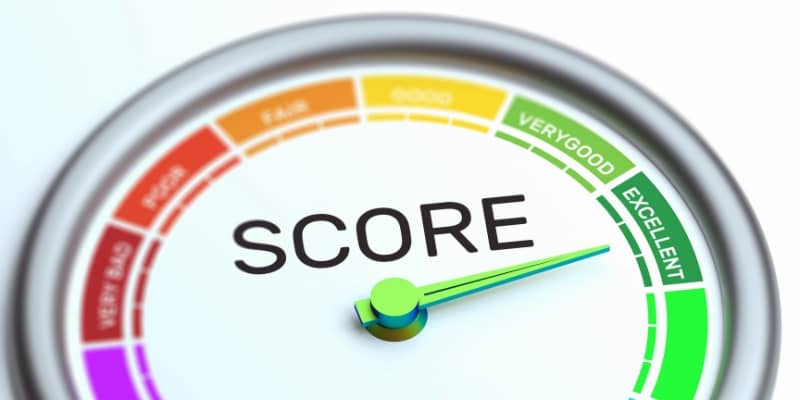A good credit score is essential for accessing financial opportunities and achieving financial goals. However, if your credit score has been damaged due to late payments, high debt, or other financial missteps, repairing it can seem like a daunting task. The good news is that it is possible to repair your credit and improve your financial standing. In this step-by-step guide, we will walk you through repairing your credit, including reviewing your credit report, identifying errors, and taking the necessary steps to improve your credit score. Whether you are looking to secure a loan, rent an apartment, or improve your financial well-being, repairing your credit is a crucial step to financial success.
Step 1: Obtain a Copy of Your Credit Report
The first step in repairing your credit is to obtain a copy of your credit report. You can get a free copy of your credit report from each of the three major credit reporting agencies (Equifax, Experian, and TransUnion) once a year. Go to annualcreditreport.com to request your free credit report. Review your credit report for errors, such as incorrect balances or accounts that belong to someone else.
Step 2: Dispute Errors on Your Credit Report
You can dispute errors with the credit reporting agency if you find errors on your credit report. You can do this online or by mail. Provide evidence to support your dispute, such as receipts or statements. The credit reporting agency will investigate your dispute and notify you of the results.
Step 3: Pay Your Bills on Time
Paying your bills on time is one of the most important things you can do to improve your credit score. Late payments can have a significant negative impact on your credit score. Set up automatic payments or reminders to ensure you get all payments. If you’re struggling to make payments, contact your creditors to see if you can work out a payment plan.
Step 4: Pay Down Your Debt
High levels of debt can also hurt your credit score. Try to pay down your debt as much as possible. Focus on paying off high-interest debt first, such as credit card debt. Consider consolidating your debt with a personal loan or balance transfer credit card to make payments more manageable.
Step 5: Use Your Credit Responsibly
It is important to use your credit responsibly. This means staying within your credit limit, making timely payments, and keeping track of your spending. By using your credit responsibly, you can build a good credit score and avoid getting into debt. Remember always to read the terms and conditions of your credit card agreement, and if you have any questions or concerns, don’t hesitate to contact your credit card issuer.
Step 6: Build Your Credit
Building your credit is an important step towards financial stability. If you need a credit history, consider getting a secured credit card or credit builder loan to establish credit. Make sure to make payments on time and keep your credit utilization low. If you already have a credit history, maintain a good credit score by paying your bills on time and keeping your debt levels low. Avoid maxing out your credit cards and only use credit for necessary expenses. Building your credit takes time and effort, but with patience and consistency, you can establish a strong credit history and open up more financial opportunities for yourself.
Step 7: Be Patient
Improving your credit score takes time, so be patient. Keep making on-time payments and paying down your debt; your credit score will improve. It may take several months or even years to see a significant improvement, but staying consistent in your efforts is key.
In conclusion, repairing your credit takes time and effort, but it’s not impossible. By following these steps, you can improve your credit score and open up more opportunities for yourself financially. Remember to stay consistent in your efforts and be patient. Good luck on your credit repair journey!





